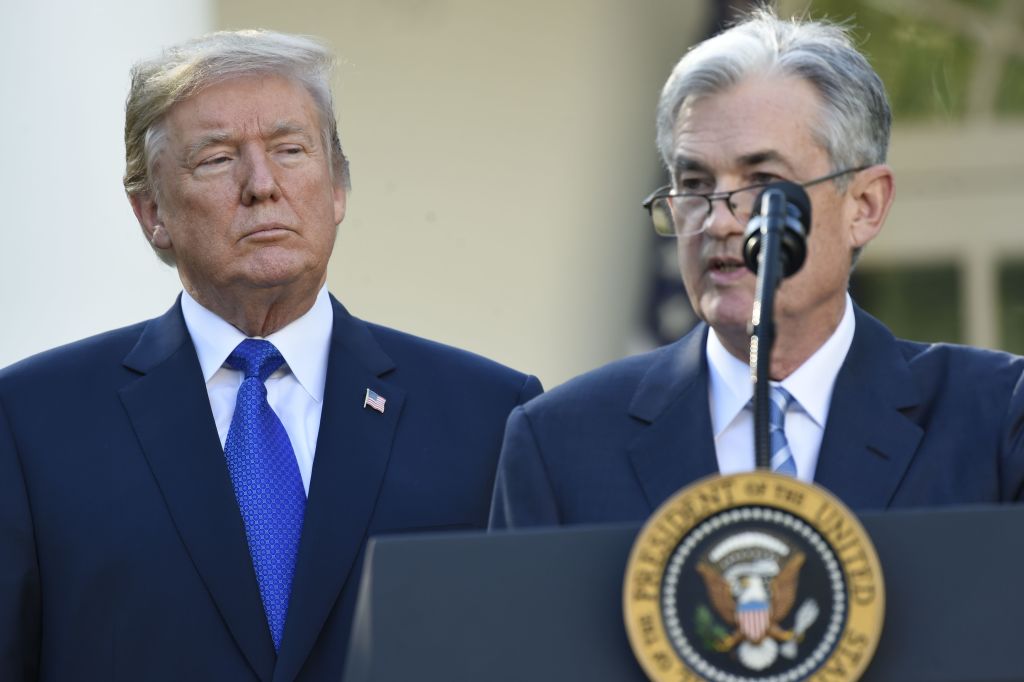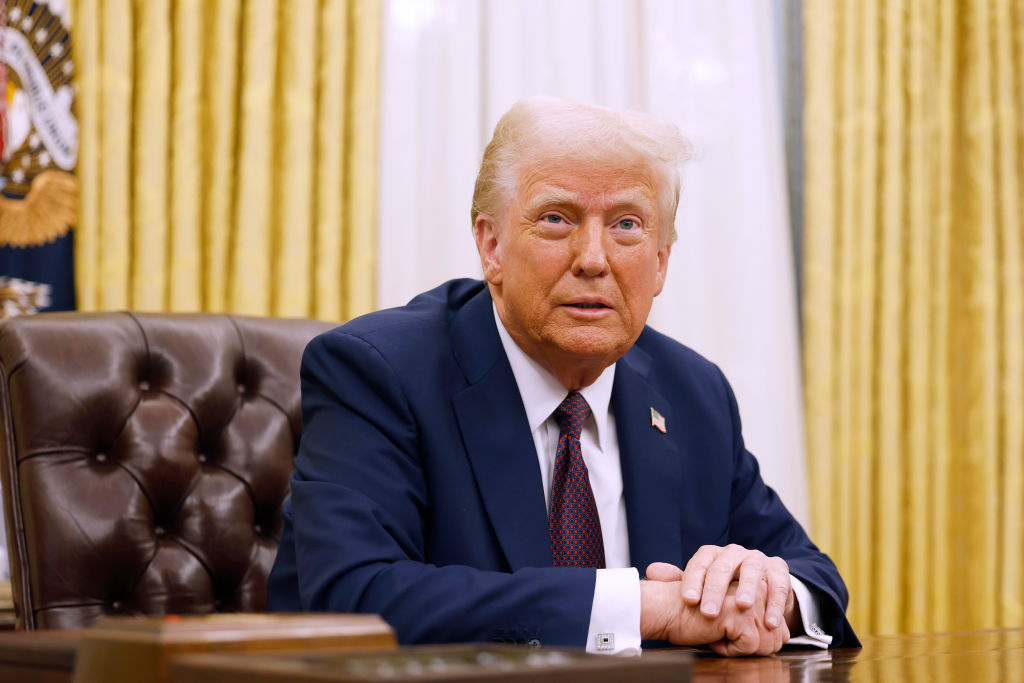The Risks of Deflation
When prices start falling, economies stop growing.
Lots of chatter these days about the chance of deflation (falling prices) and the risk of a slow-growth trap in the European Union and other major economies. So how great a risk is global deflation? What would it mean to the U.S.? (Inflation here is creeping up, though still only 1.5%.) And aren’t falling prices supposed to be a good thing?
SEE ALSO: 5 Reasons Bull Markets End
While the chances of worldwide deflation are modest, recent trends in Europe have been worrisome. Inflation rates have been slowing in the region’s powerhouse economies over the past year. Germany’s most recent 12-month inflation rate of 1.0% was 1.4% a year ago; the UK’s rate has fallen from 2.8% to 1.6%; France’s, from 1.0% to 0.6%; and Italy’s, from 1.6% to 0.4%. Many of the European periphery countries are experiencing outright price declines: Spain, Sweden, Greece, Portugal, Slovakia, Croatia, Bulgaria and others.
Inflation rates look better in the advanced economies outside Europe, though they are still low: The rate is 1.5% in the U.S., Japan, and Canada, and 2.4% in China. Chinese producer prices, however, have been declining for two years, indicating potential oversupply in the industrial sector.

Sign up for Kiplinger’s Free E-Newsletters
Profit and prosper with the best of expert advice on investing, taxes, retirement, personal finance and more - straight to your e-mail.
Profit and prosper with the best of expert advice - straight to your e-mail.
Deflation can be good for consumers, but it’s a high-stakes risk. Once deflation takes hold, an economy can get stuck in a no-growth trap. A downward price cycle is self-reinforcing in the same way that an upward inflationary price spiral is, as Japan has cause to know. In 1999, when prices there started to slide, consumers put off planned purchases and businesses delayed investments, assuming prices would be better tomorrow. Slower consumption threw a wet blanket on output, hiring and income, which in turn dampened prices and buying even more, and Japan spent a decade struggling to grow. Two decades later, prices are still below their 1994 level, despite massive increases in both public spending and debt.
What’s more, deflation is nearly impossible to uproot. Interest rates can go only so low, and, in real terms, deflation erodes their stimulative effect. So even a slim prospect of deflation can spook investors and businesses.
The European Central Bank is preparing to do what it takes to head it off. Already, the ECB has cut its interbank lending rate (similar to the federal funds rate set by the Federal Reserve) to 0.25%. Buying up bank loans in a kind of quantitative easing, like the Fed’s QE3 bond buying, may well come next, though that will take time. Another option is for the ECB to charge a fee for banks to keep their reserves parked there, a kind of negative interest rate, meant to encourage banks to plow their reserves into the economy instead.
But there’s little margin for error in Europe. Any negative shock to the economy would likely tip it into deflation and derail the region’s slow move back to health. Failure would mean slower exports and stronger headwinds for U.S. growth. In China, any deflation preventive may be as bad for the U.S. as the disease. Because it’s only producer prices that are sliding in China, Beijing will be tempted to bolster industrial production rather than try to spur more consumer spending. That would translate into a lower value for the yuan and more exports pumped out.
Get Kiplinger Today newsletter — free
Profit and prosper with the best of Kiplinger's advice on investing, taxes, retirement, personal finance and much more. Delivered daily. Enter your email in the box and click Sign Me Up.

David is both staff economist and reporter for The Kiplinger Letter, overseeing Kiplinger forecasts for the U.S. and world economies. Previously, he was senior principal economist in the Center for Forecasting and Modeling at IHS/GlobalInsight, and an economist in the Chief Economist's Office of the U.S. Department of Commerce. David has co-written weekly reports on economic conditions since 1992, and has forecasted GDP and its components since 1995, beating the Blue Chip Indicators forecasts two-thirds of the time. David is a Certified Business Economist as recognized by the National Association for Business Economics. He has two master's degrees and is ABD in economics from the University of North Carolina at Chapel Hill.
-
 5 Easy Weatherproofing Projects That Help Prevent Damage and Save on Insurance
5 Easy Weatherproofing Projects That Help Prevent Damage and Save on InsuranceProtect your home from storms and water damage with these simple weatherproofing upgrades — some may help reduce your home insurance premium.
By Paige Cerulli
-
 If Trump Fires Jerome Powell, What Happens To Savings and Mortgage Rates?
If Trump Fires Jerome Powell, What Happens To Savings and Mortgage Rates?President Donald Trump expressed his desire to remove Fed Chair Jerome Powell. If the president is successful, how would it impact your savings accounts?
By Sean Jackson
-
 AI Heads to Washington
AI Heads to WashingtonThe Kiplinger Letter There’s big opportunity for AI tools that analyze MRIs and other medical images. But also big challenges that clinicians and companies will have to overcome.
By John Miley
-
 The AI Doctor Coming to Read Your Test Results
The AI Doctor Coming to Read Your Test ResultsThe Kiplinger Letter There’s big opportunity for AI tools that analyze CAT scans, MRIs and other medical images. But there are also big challenges that human clinicians and tech companies will have to overcome.
By John Miley
-
 The New Space Age Takes Off
The New Space Age Takes OffThe Kiplinger Letter From fast broadband to SOS texting, space has never been more embedded in peoples’ lives. The future is even more exciting for rockets, satellites and emerging space tech.
By John Miley
-
 Rising AI Demand Stokes Undersea Investments
Rising AI Demand Stokes Undersea InvestmentsThe Kiplinger Letter As demand soars for AI, there’s a need to transport huge amounts of data across oceans. Tech giants have big plans for new submarine cables, including the longest ever.
By John Miley
-
 What DOGE is Doing Now
What DOGE is Doing NowThe Kiplinger Letter As Musk's DOGE pursues its ambitious agenda, uncertainty and legal challenges are mounting — causing frustration for Trump.
By Matthew Housiaux
-
 A Move Away From Free Trade
A Move Away From Free TradeThe Letter President Trump says long-term gain will be worth short-term pain, but the pain could be significant this year.
By David Payne
-
 Trump’s Whirlwind Month of Crypto Moves
Trump’s Whirlwind Month of Crypto MovesThe Kiplinger Letter The Trump administration wants to strengthen U.S. leadership in the cryptocurrency industry by providing regulatory clarity.
By Rodrigo Sermeño
-
 Donald Trump Tests His Limits
Donald Trump Tests His LimitsThe Kiplinger Letter President Encounters Legal Obstacles in Pursuit of Ambitious Agenda.
By Matthew Housiaux
